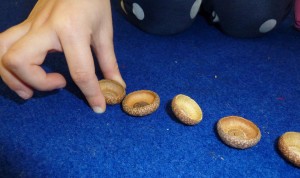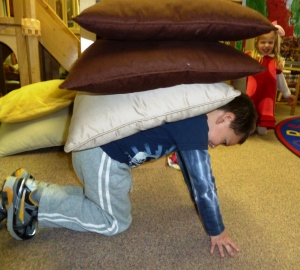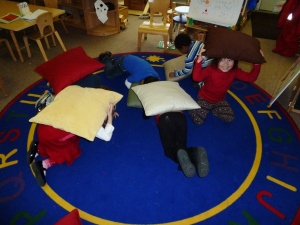There’s nothing quite like playing a game to get your blood pumping and your brain working! When children participate in simple games including Row, Row, Row Your Boat, Simon Says, and Red Light/Green Light they are using their higher level cognitive functions throughout the game. Not only are they practicing their focus and attention, but they are remembering the rules, using self-control to take turns, and performing the actual task at hand. That’s a lot for four and five year olds! Most importantly, the learning is engaging and FUN!
When children become comfortable with the game, the game can be changed slightly to invoke higher level thinking. In Red Light/Green Light, the rules can be changed to red meaning “go” and green meaning “stop”. This requires the children to really think about what they are going to do before they do it. Caution: It also invokes lots of giggling as well.
Check out the New York Times for more information.




